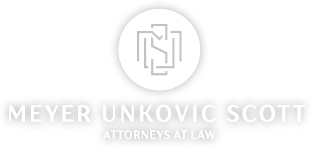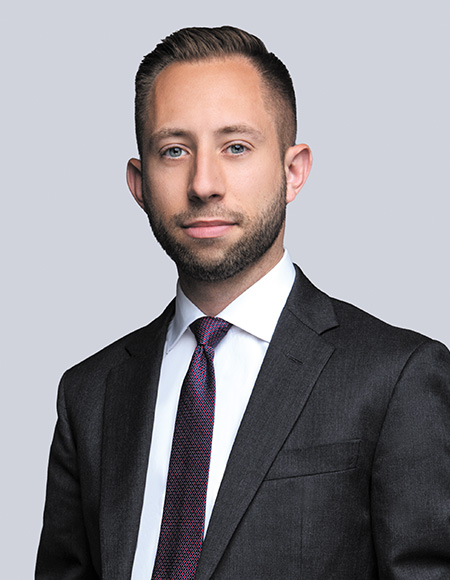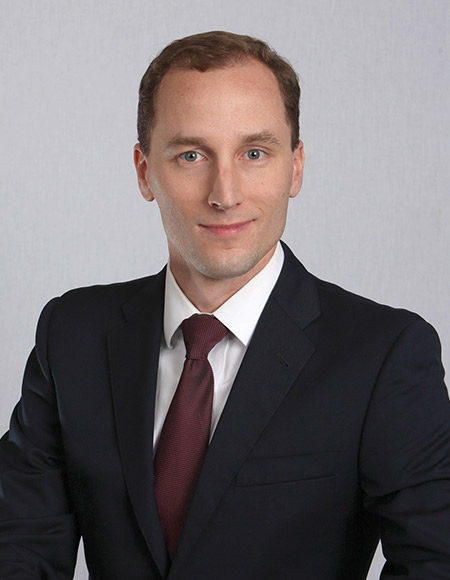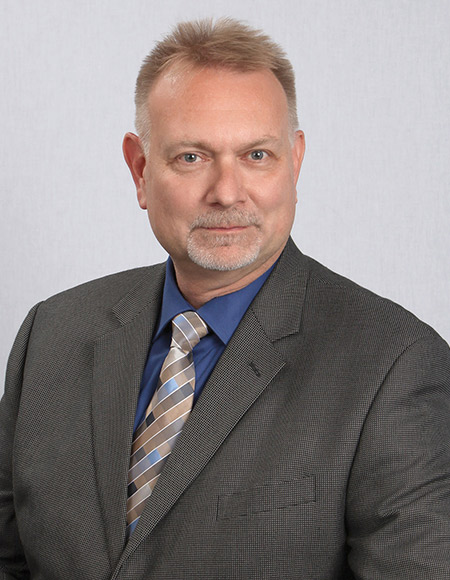Our firm’s Intellectual Property Group represents clients in all aspects of intellectual property protection, acquisition, and enforcement. We represent individuals, universities, small to mid-sized companies, start-ups, and national corporations. The Intellectual Property Group strives to meet the needs of our clients with quality legal representation in the most cost-efficient manner possible.
The Intellectual Property Group’s attorneys’ practical experience includes:
- Prosecuting U.S. patent and PCT applications
- Prosecuting U.S. federal, state, and foreign trademark applications
- Performing prior art and patentability searches
- Drafting and negotiating license agreements
- Preparing patent validity/invalidity opinions, freedom to operate, right-to-use/manufacture opinions, and non-infringement opinions
The group has extensive experience in protecting intellectual property through negotiations and litigation and practical experience in patent, trademark, copyright, and trade secret litigation. They also work with our Business Litigation attorneys in handling traditional litigation issues impacted by intellectual property, the Internet, and the digital age.
In particular, the Intellectual Property Group has experience in the following matters:
- Patent infringement litigation, including injunction actions, Markman hearings, and trial and appellate proceedings
- Trademark actions, including infringement cases and opposition and cancellation proceedings before the Patent and Trademark Office
- Copyright infringement claims, including injunction and seizure actions
- Patent interference proceedings
- Trade secret protection, including pursuit of injunctive relief and damages, as well as defense of such claims
- Mediation and arbitration of disputes concerning intellectual property rights
These matters have involved various forms of technology and rights including manufacturing products and systems, medical devices, pharmaceuticals, computer software, business systems, and written works.
Specific matters have included:
- More than 180 separate client matters for a Pittsburgh-based university relative to patents.
- Successfully filed a motion to enforce a consent order concerning a client’s trademark and copyright interests.Although it did not go to litigation, successfully negotiated a settlement for the same client on trademark infringement by an Italian company.
- Resolved a number of trademark oppositions by colleges and NFL teams against marks that our client has filed.
- Utilized take down notices to protect client rights against a UK company.
- Successfully petitioned the U.S. Patent and Trademark Office to reexamine an issued patent owned by a client’s competitor. The patent was rejected during the reexamination and the patent will be cancelled.
- Successful negotiation of a consent decree to protect a portfolio of marks held by a large Pittsburgh company.
- Coordination of “take-down” notices to various social media websites based on client trademark registrations.
With respect to patents, our attorneys have served as counsel in foreign patent rights matters in many countries, including Canada, South Africa, Australia, Japan, Brazil, Mexico, and China. Regarding trademarks, we have secured trademark protection in these countries and numerous others.
Examples of patent applications include:
- Robotic exoskeleton which fits over the lower leg and recycles the energy lost during a normal walking cycle. The inventive concept of the invention is a novel electrostatic clutch that uses a conductive sheet of aluminum-sputtered bi-axially oriented polyethylene terephthalate coated with a dielectric layer of barium titanate. With only a small battery, the device increases the efficiency of walking by about 10 percent.
- An invention that relates to physically unclonable functions using neuromorphic networks, or computer networks modeled on the human brain where each “cell” can have a range of values partially determined by the value of the cells connected to it rather than the discrete ‘0’ or ‘1’ found in traditional computers. The invention exploits inherent variances in tantalum oxide transistors used in each cell to create a unique response to an input that cannot be copied or replicated. The invention was sponsored by the Defense Advanced Research Projects Agency since the technology can be used to prevent tampering of computers used in military applications.
- A novel system that uses a heterogeneous ferrous iron oxidation process to remove contamination from mine drainage. The system significantly reduces the cost of treating the discharge from abandoned mines and is currently being tested in a pilot plant by the Pennsylvania Department of Environmental Protection.
Examples of granted applications include:
- An automated control device used on crop harvesting equipment. The system uses computer vision and automated steering controls to align a combine with a transport truck. Once the driver of the combine confirms that the crop discharge location is accurate, the system can operate in auto-pilot mode. The invention resulted from a joint research project between Carnegie Mellon’s National Robotics Engineering Center and John Deere.
- Ultra-compliant probes for neural tissue. The probes of the invention use nano-scale meandering wires that allow long-term implantation in the brain. The probes are used in neural-machine interfaces, such as active prosthesis controlled by the brain of the user. The invention was the result of research sponsored by the Defense Advanced Research Projects Agency.
- Scalable urban signal networks. The system connects adjacent traffic signals to communicate expected inflow of traffic from an upstream signal. The use of algorithms allows the controllers to optimize traffic flow and minimize wait time at the traffic signal. One system installed in the East Liberty area of Pittsburgh reduced travel time by 24 percent.









